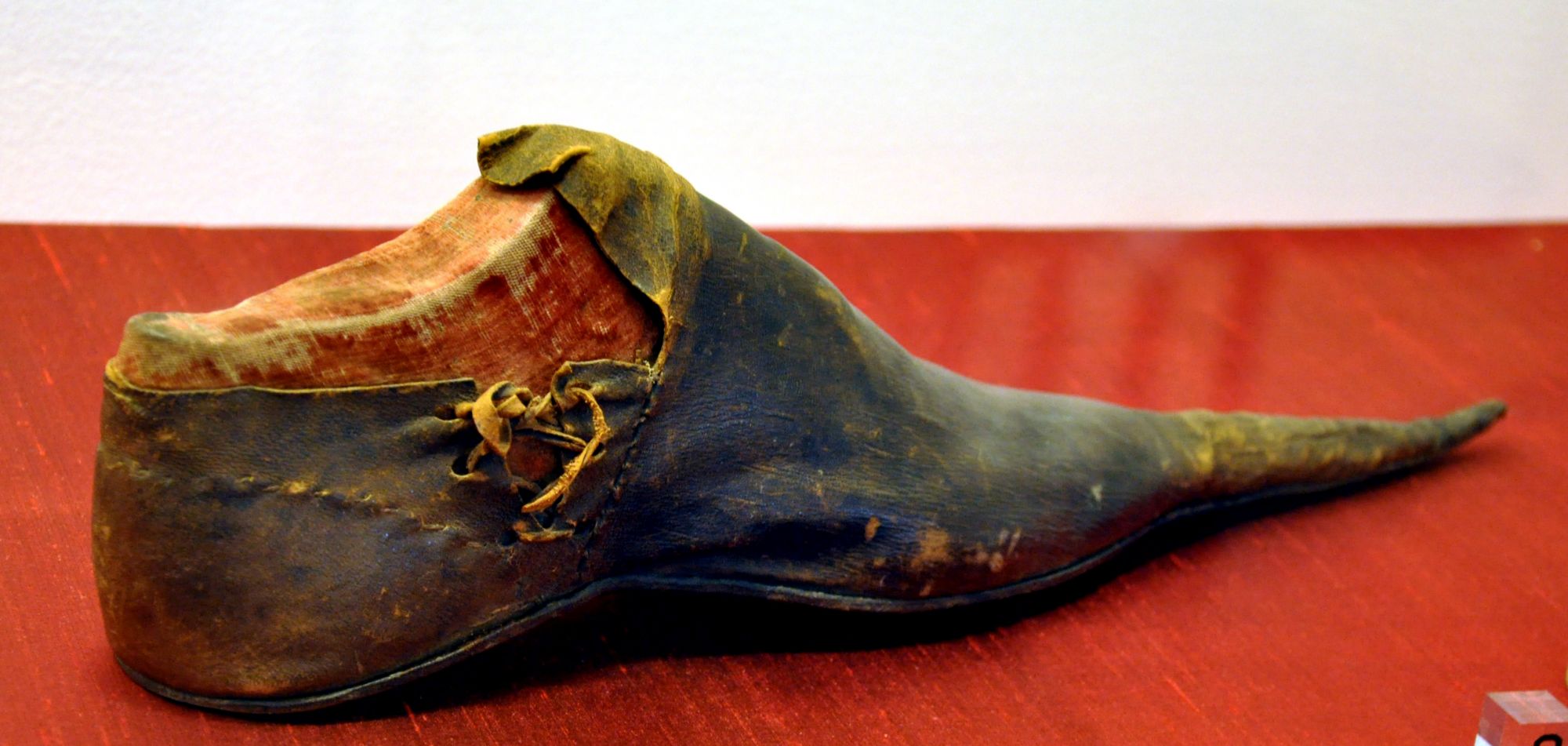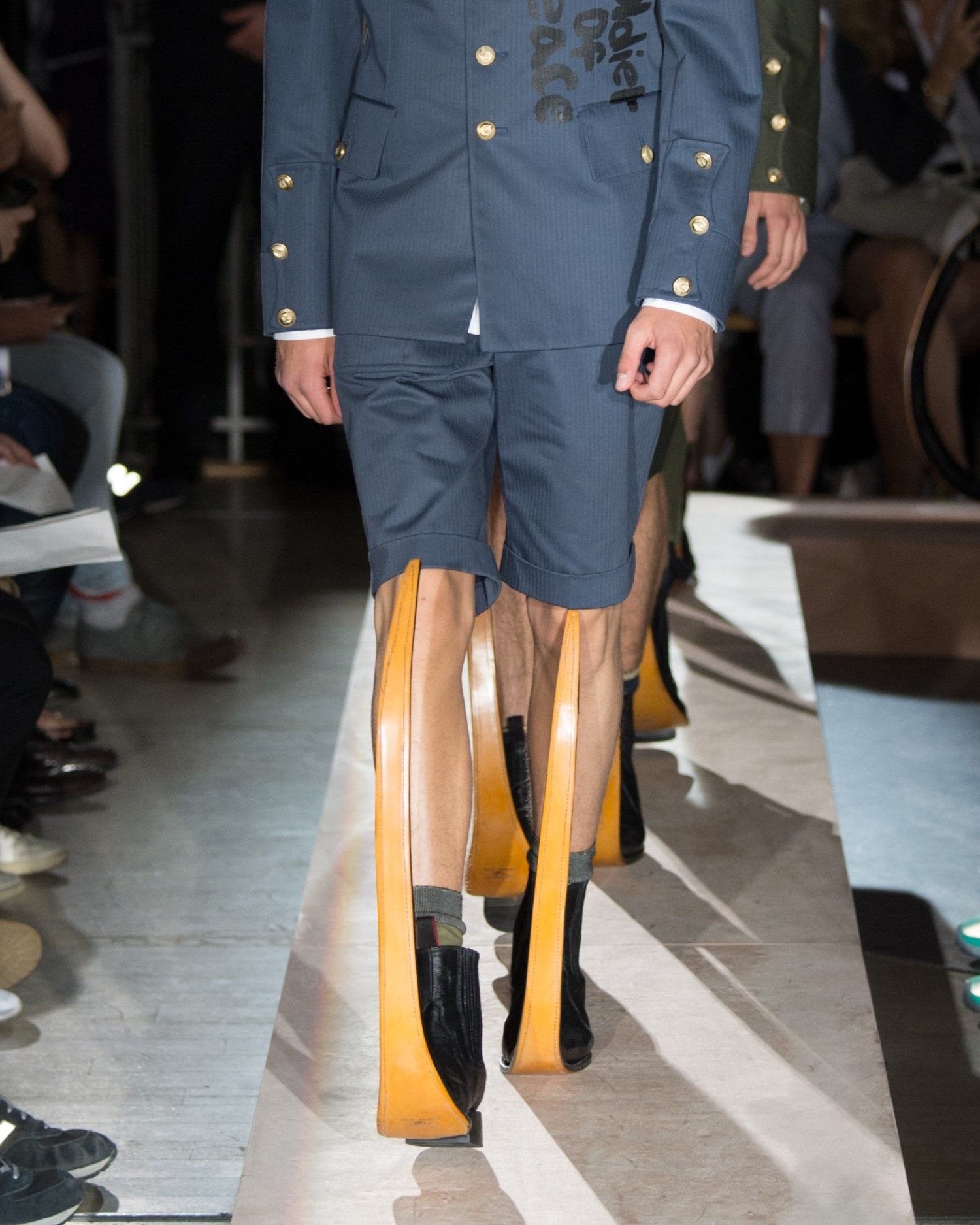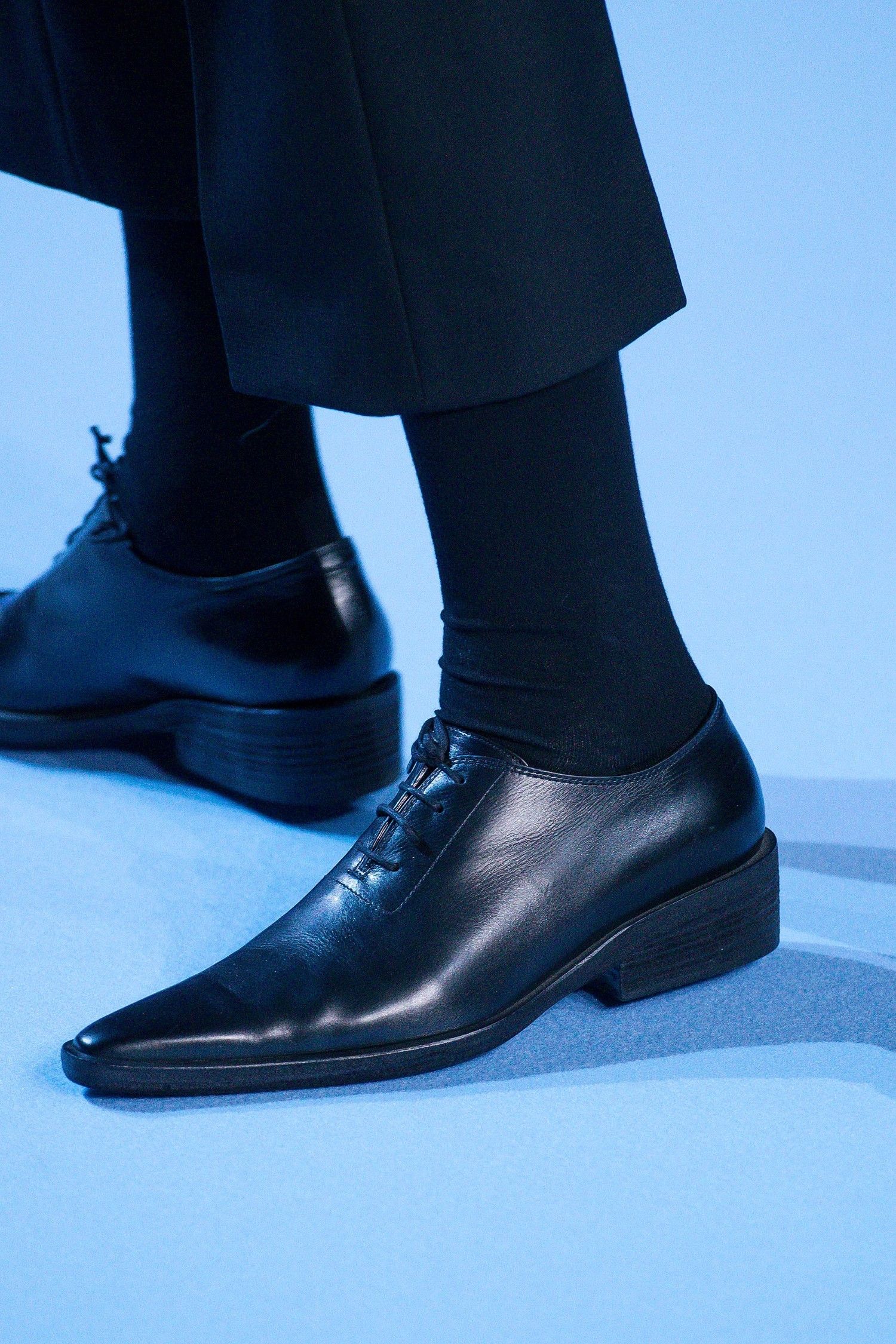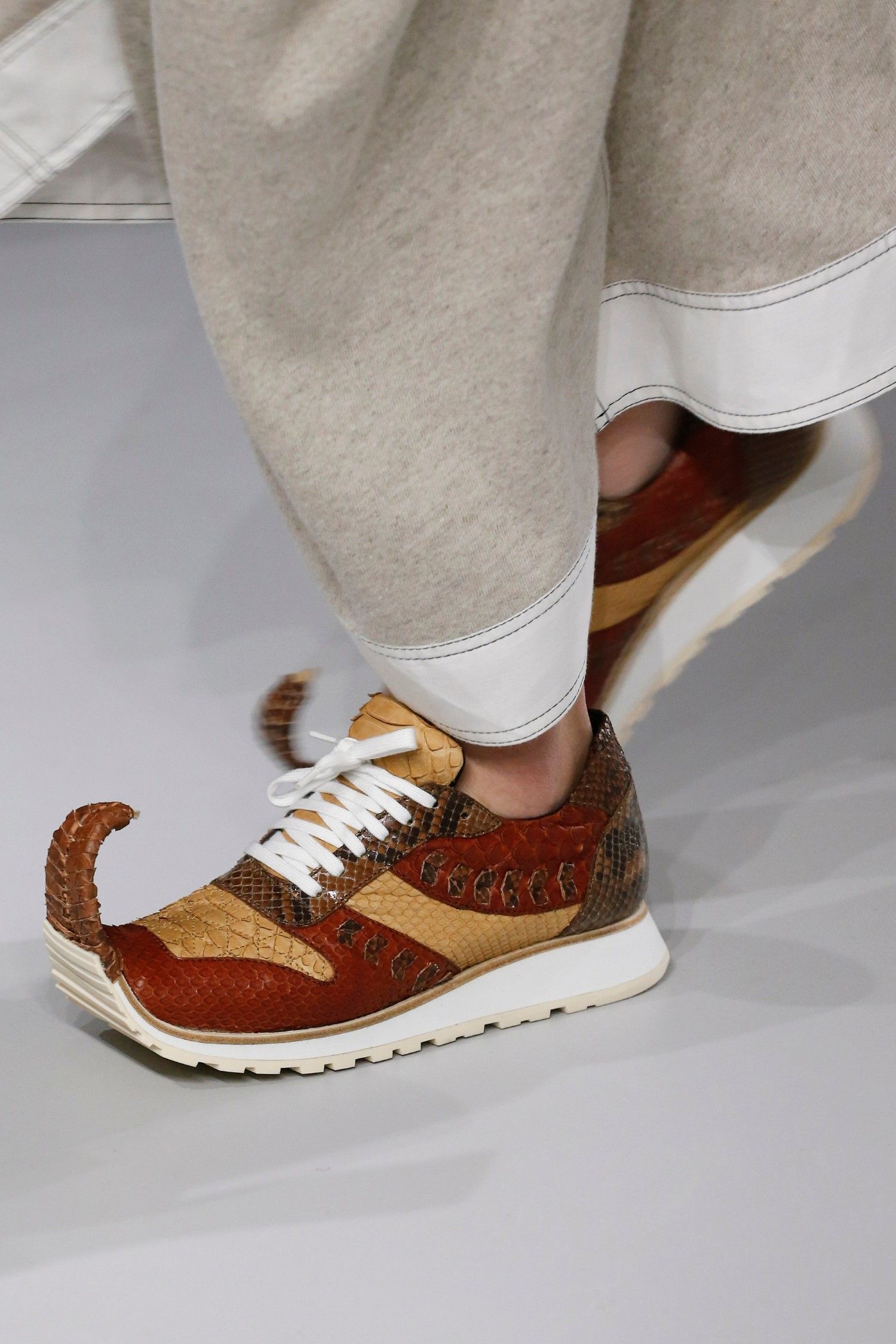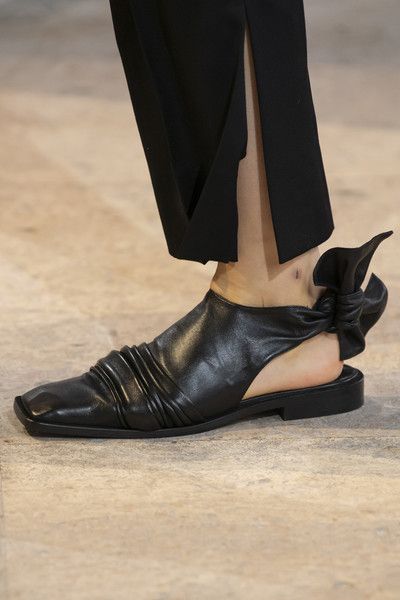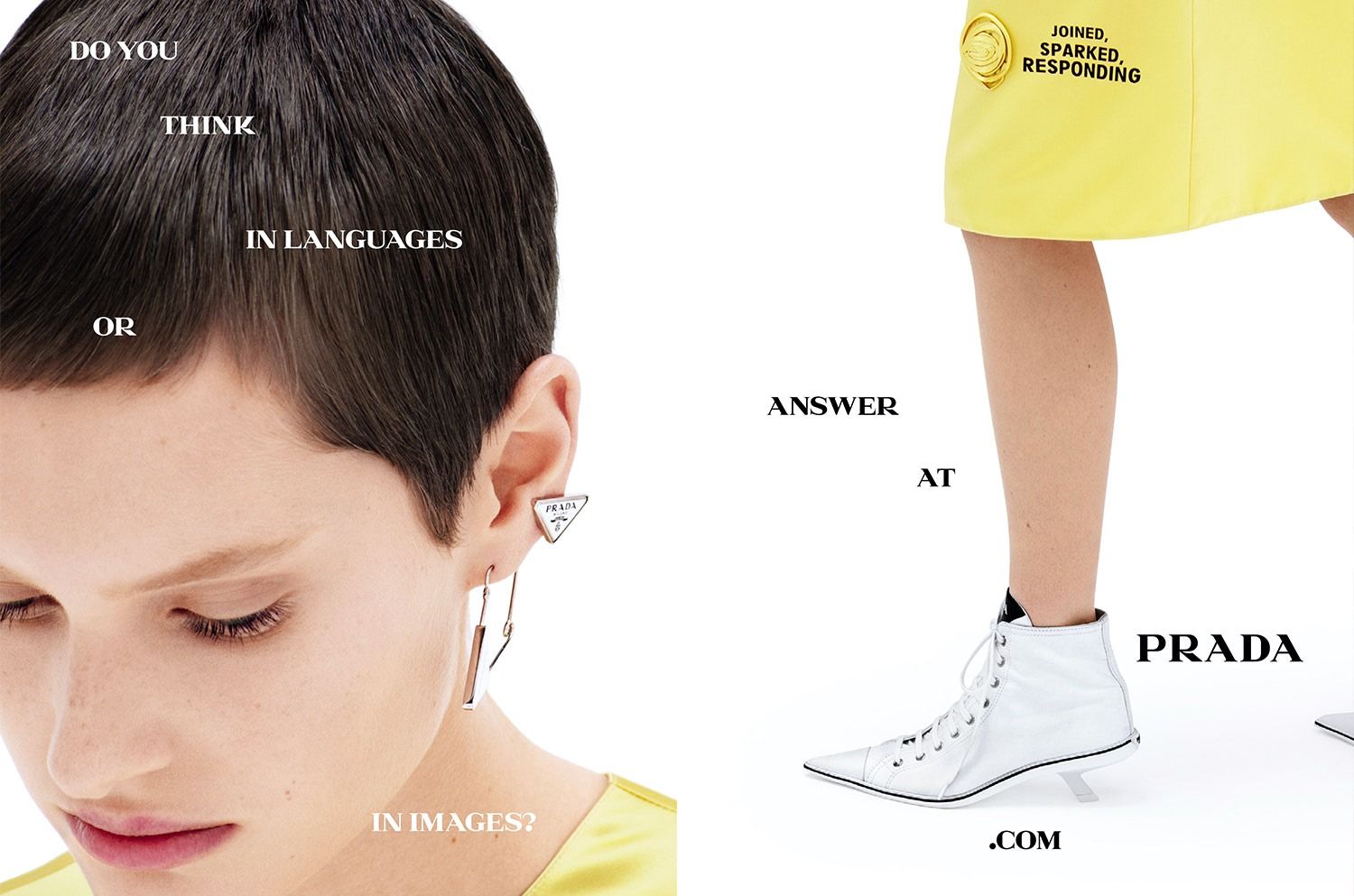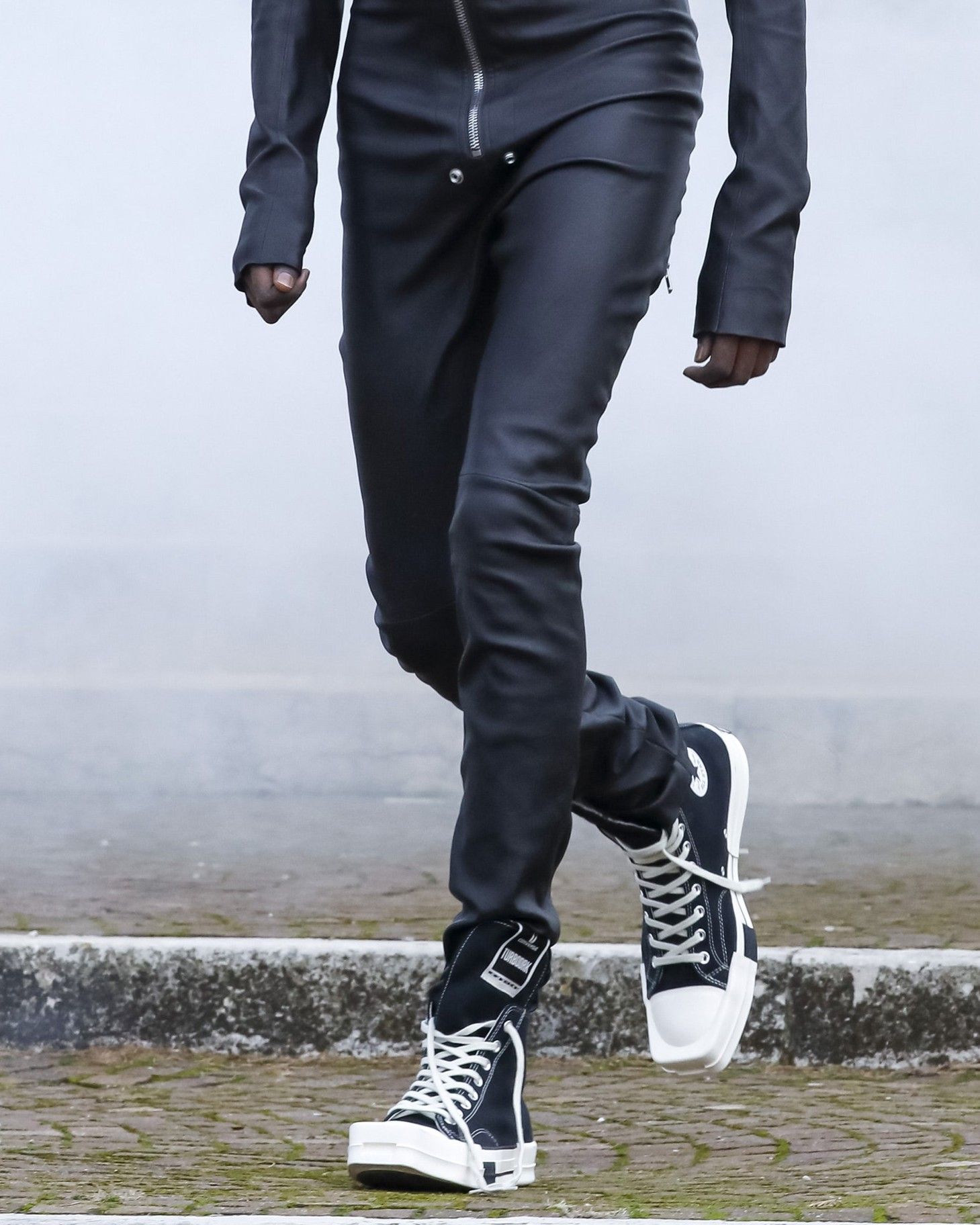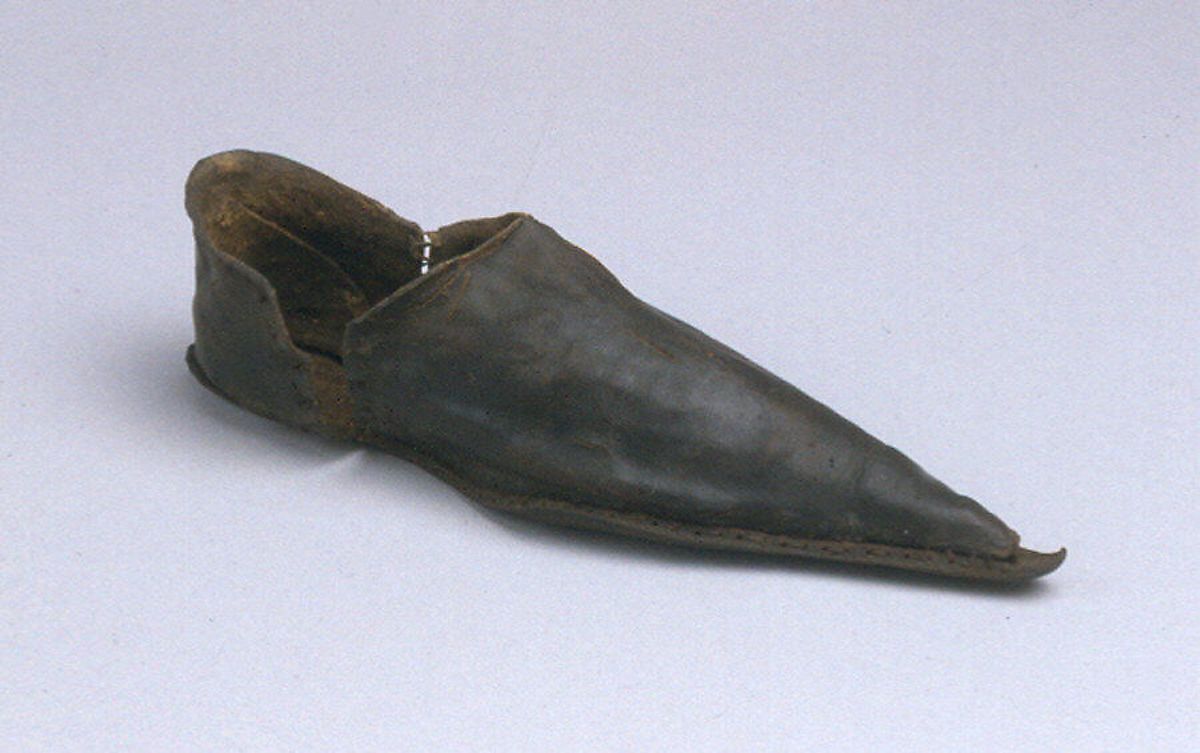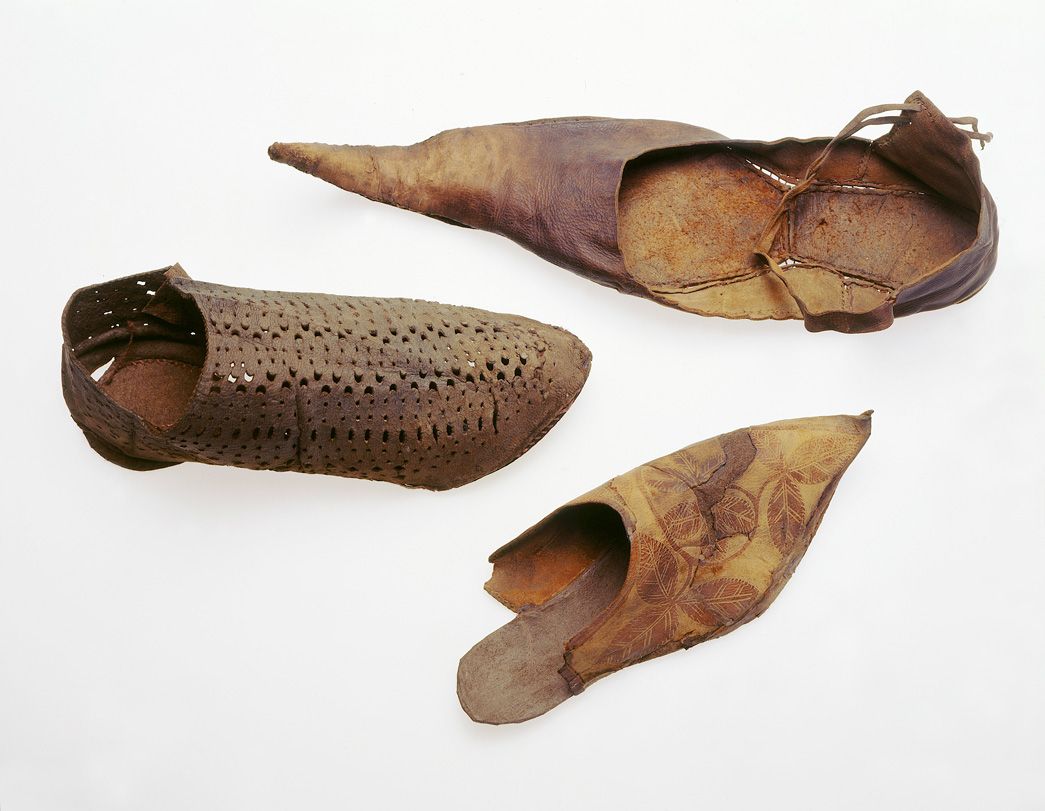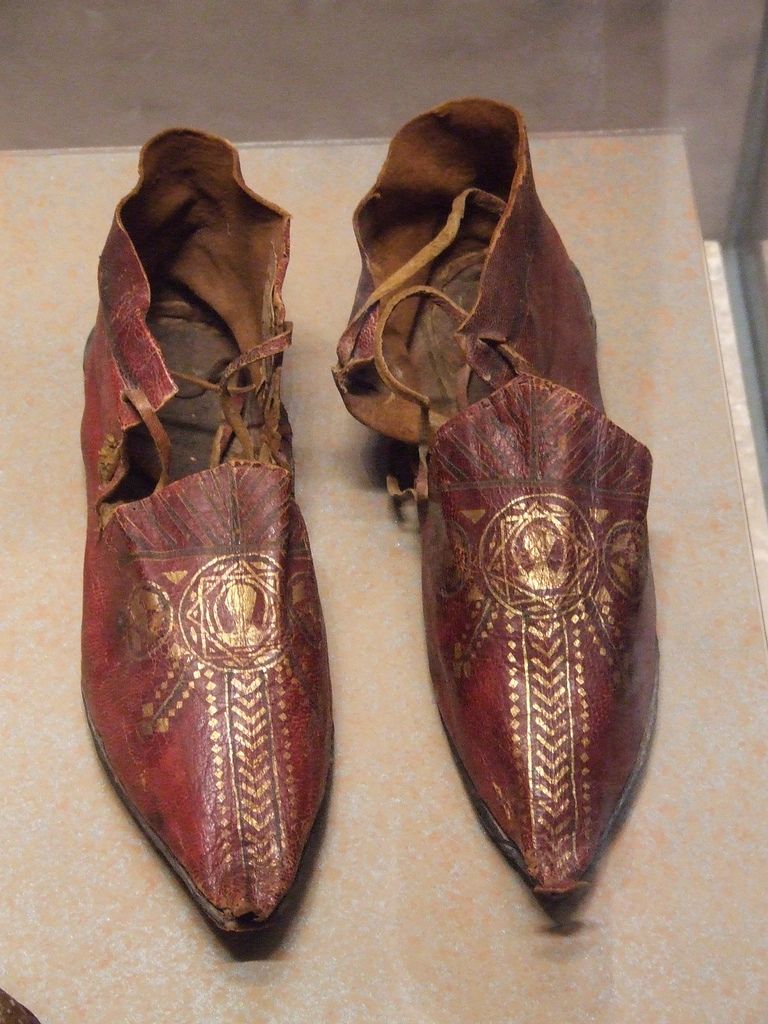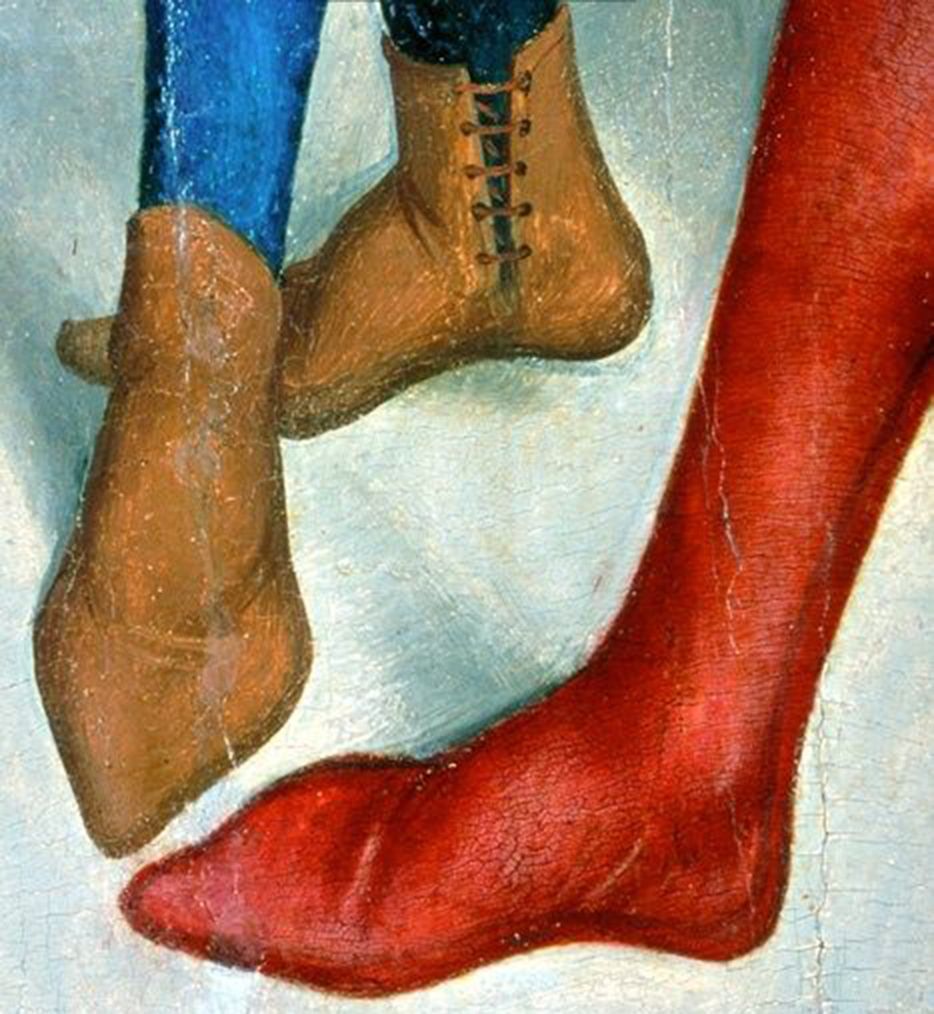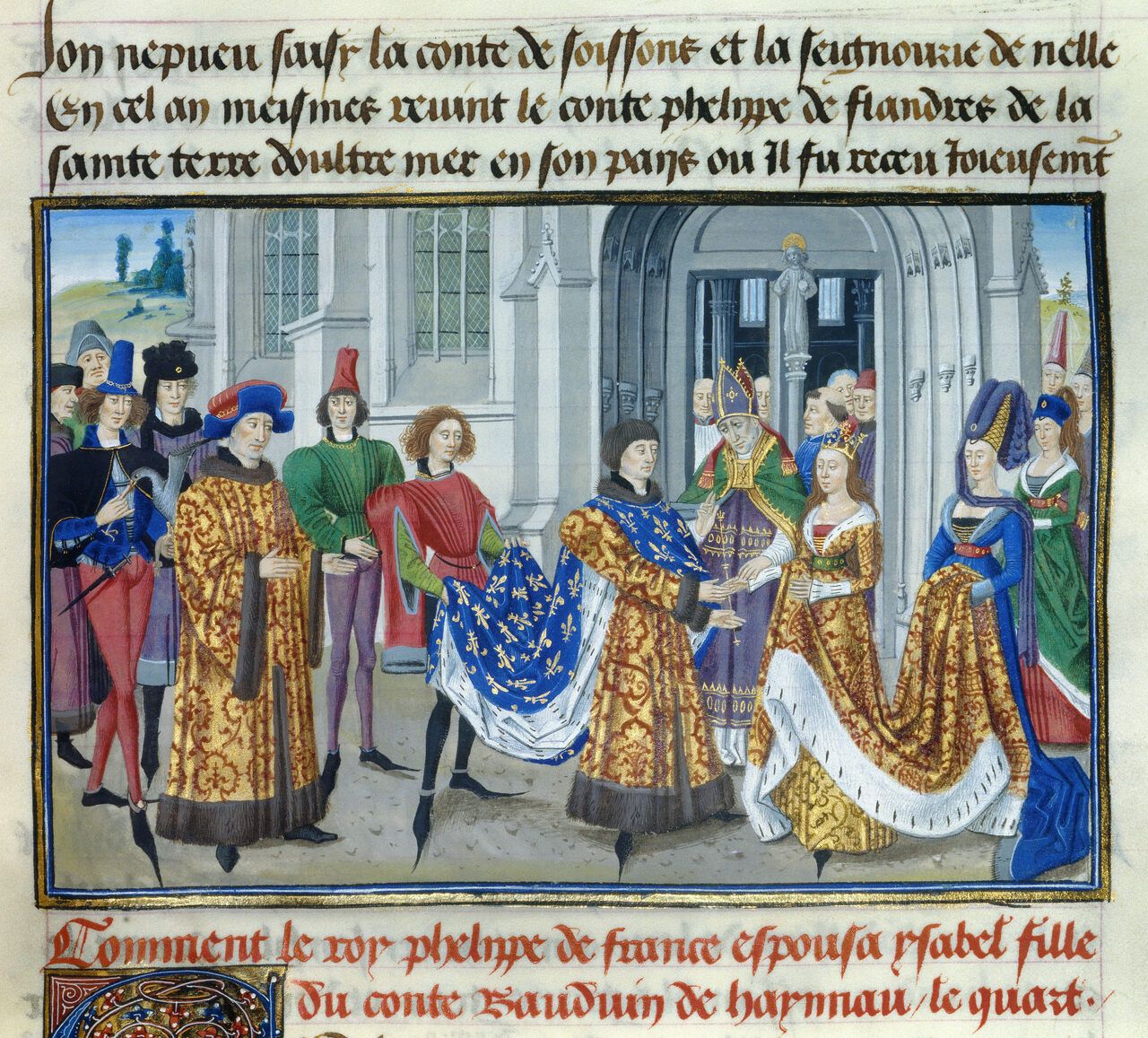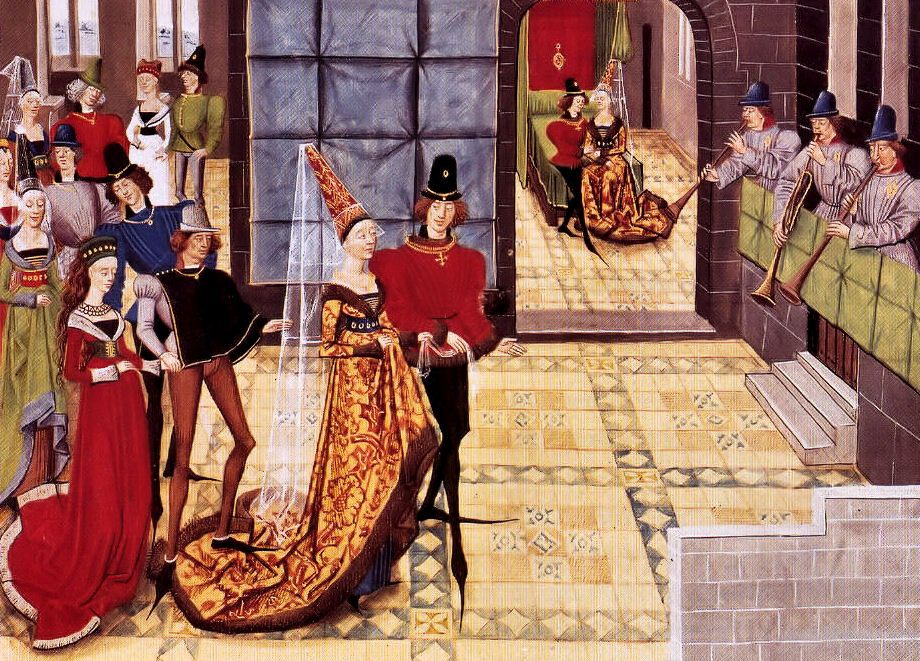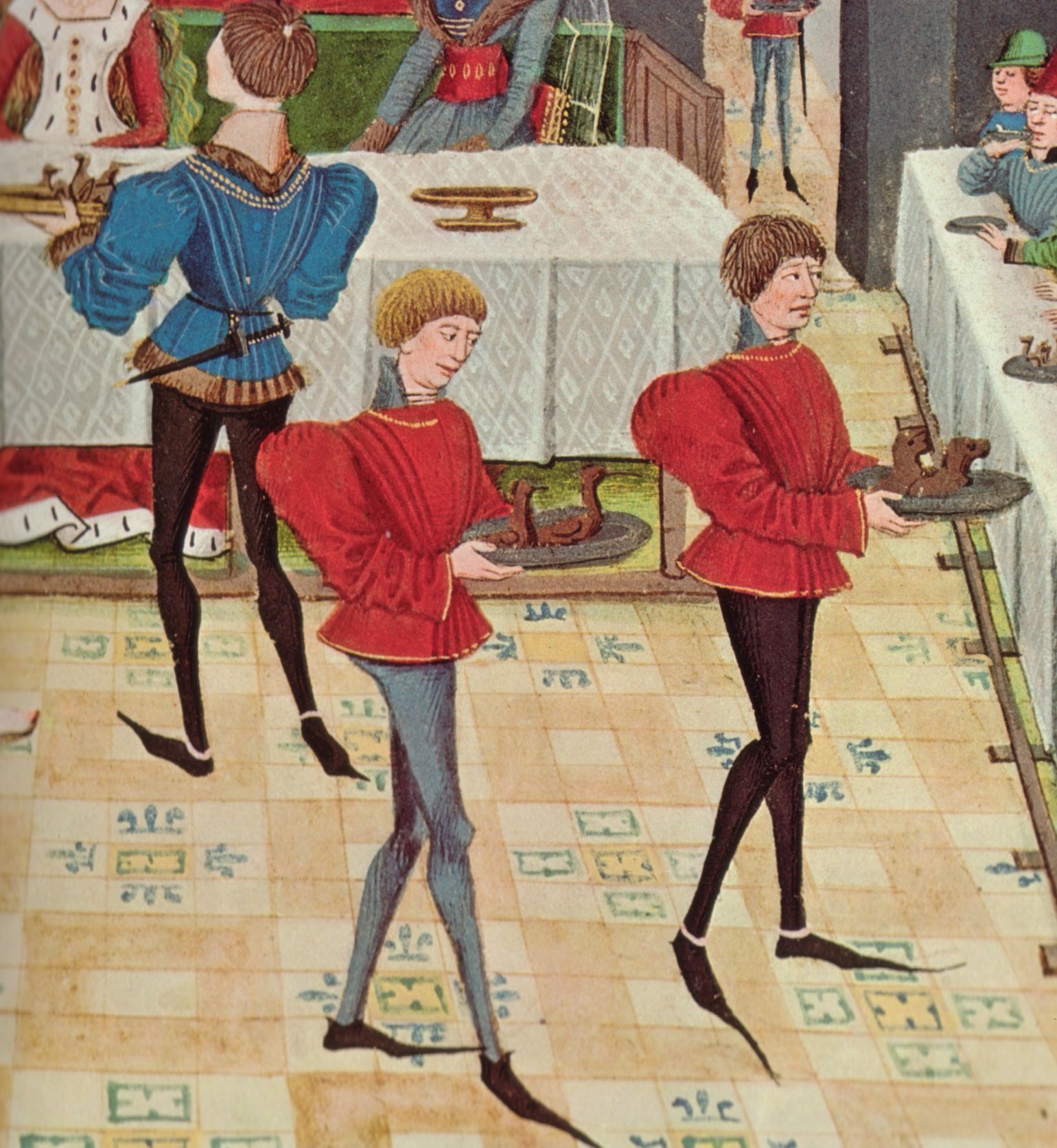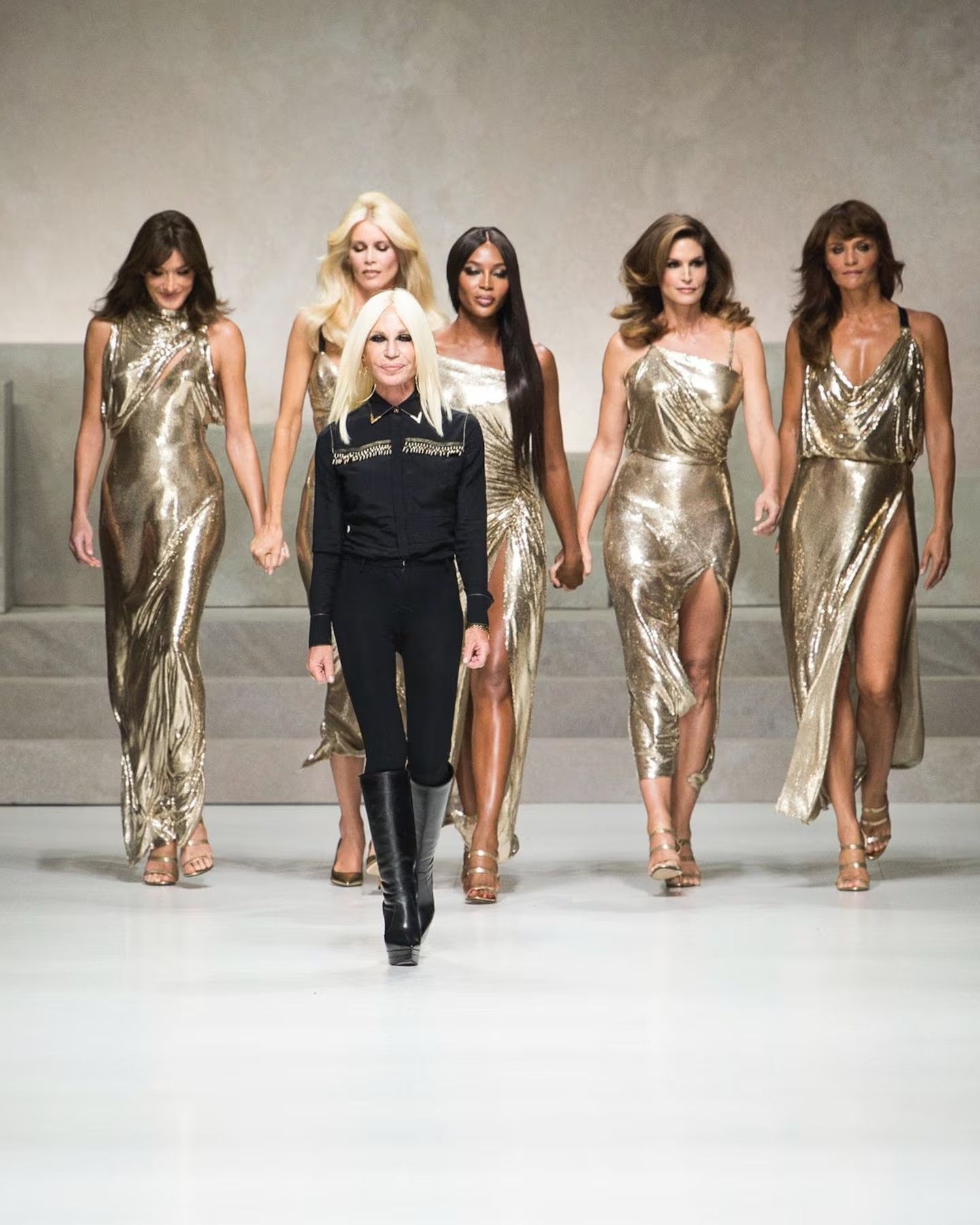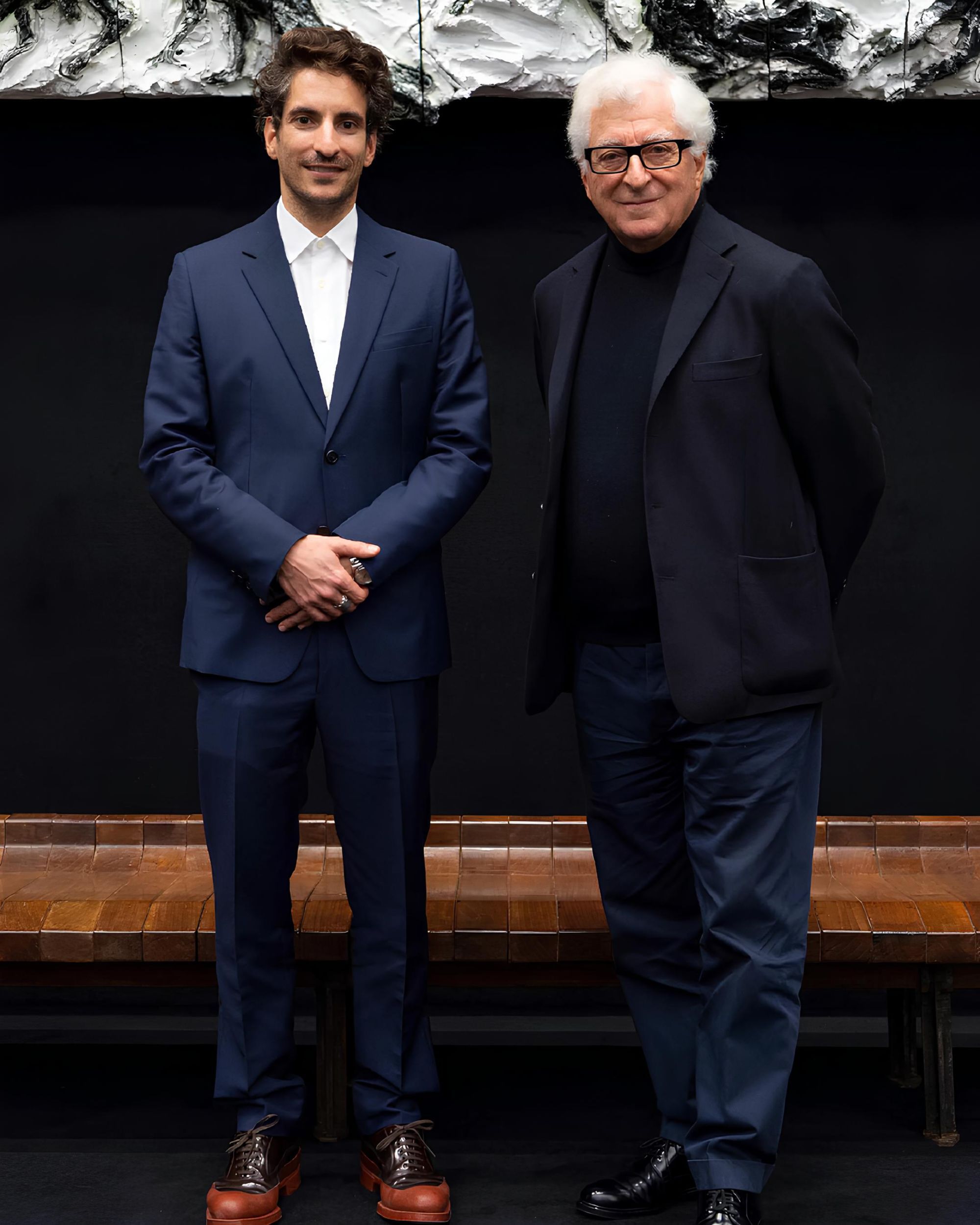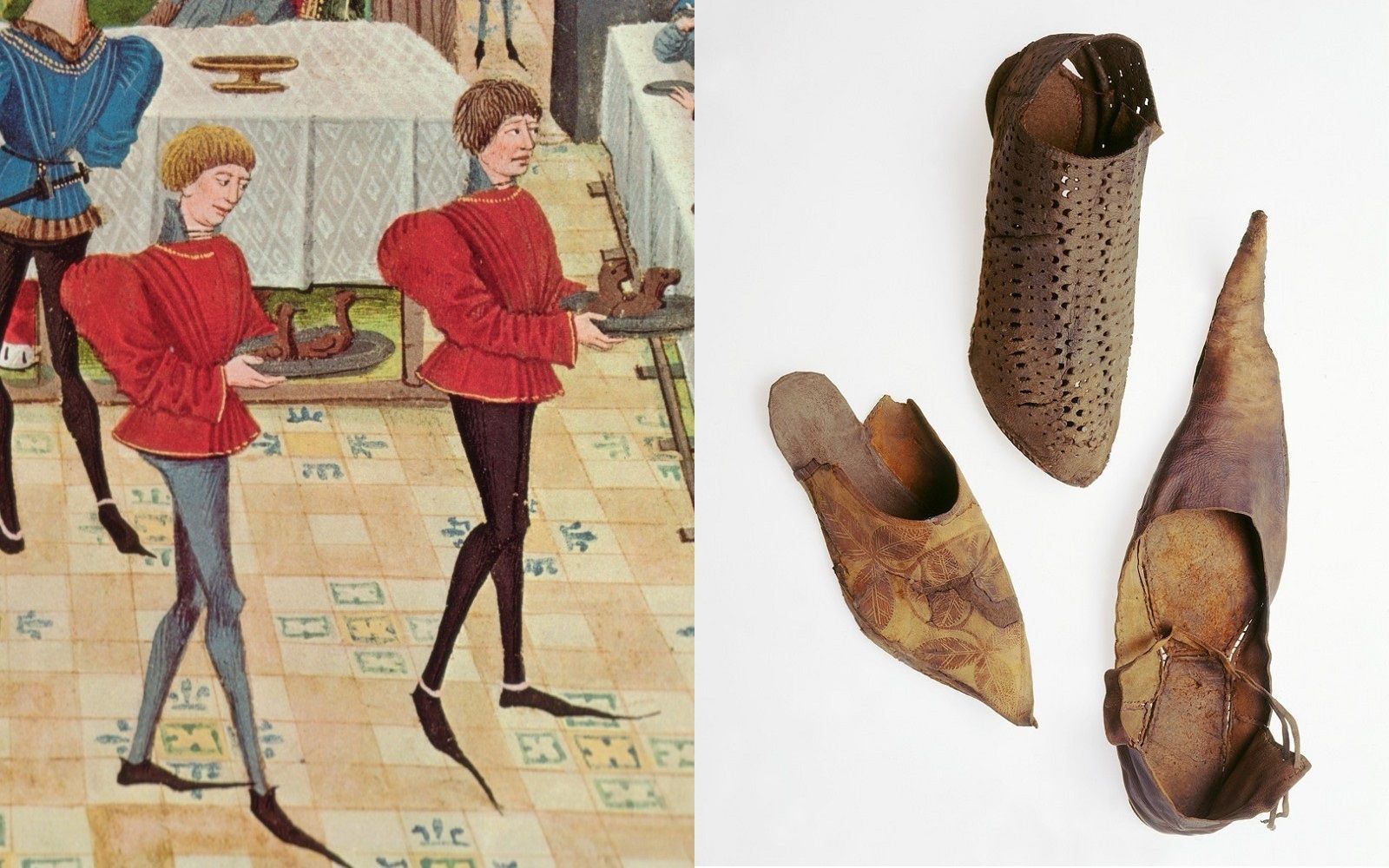
Why were pointed shoes the sneakers of the Middle Ages? They are called 'poulaines' and their spread was a real social phenomenon
There are many depictions of medieval life that portray the nobles of the time with strange pointed shoes. In the Duchy of Burgundy, where they became famous in the first half of the '300, they were known as Poulaines, or "Polish" or "Krakow Shoes" and at some point they became so widespread throughout Europe that the King of England Edward IV imposed restrictions on their length in 1463 while the King of France, Charles V, had already prohibited their manufacture in Paris in 1368. The tip of the poulaines in fact had soon become a status symbol and its length was directly related to the wealth and prestige of the wearer. For this reason, in some cases, specimens of poulaine up to 15 centimeters long have been found – a nightmare for walking around, especially at a time when city streets were not paved.
Where do they come from?
The poulaine had their origin in the Polish nobility, the szlachta, which began to use them around in the first half of the '300 inspired by the Eastern shoes – the kingdoms of Eastern Europe were in fact the main link between the West and the East. When Richard II of England married Anne of Bohemia in 1382 they were introduced to England while in Europe they had already arrived for more than twenty years creating what is perhaps one of the first controversies of fashion in the history of the medieval West: the shoe was so unfamiliar that wearing it denoted belonging to a rich class, as the wearer evidently did not perform physical work. Their extravagance, which sometimes also became excessive opulence, was according to some the result of the historical period just ended, that is, that of the epidemic of bubonic plague that had decimated the European population until a few years before.
Ironically, the most luxurious examples of poulaine, made of silk or velvet have not survived because they are too delicate, while thousands of the most humble and robust leather versions have remained. Still other versions are made of metal, incorporated into the armor of the time – a not too practical solution so much so that, in 1969, during the Battle of Nicopolis in Bulgaria the crusaders fleeing from the Ottoman troops had to cut the tips in order to run quickly. Jackie Kailey, curator of the Museum of London, which has the largest collection of medieval poulaines in Europe, explained to Atlas Obscura:
«he plague left a landscape with a lot of people who had lost close family members, a generation of mourning. Suddenly there were less people who had more money to spend on clothing».
A memory that survived
The absurd popularity of the poulaine (also called crakows in England, from Krakow) creates interesting parallels with the modern phenomenon of sneaker culture: these shoes were also sought after for their scarcity and high cost, they presented themselves both in robust and raw versions and in more precious and refined models and, above all, they were a symbol of social status. But their memory remained alive in the collective consciousness, and the idea of pointed shoes also made its return to fashion. The two most recent cases concern Prada's Synthesis sneakers from the SS21 collection and the collaboration between Rick Owens and Converse but also the ones Loewe produced for its SS18 collection even if perhaps their most iconic use was made by Rai Kawakubo in the SS15 collection of Comme des Garcons Homme Plus. During their careers, other Japanese designers such as Yohji Yamamoto and Jun Takahashi also produced their own – a demonstration of the concept of ugly chic that has dominated the fashion world for years.










































